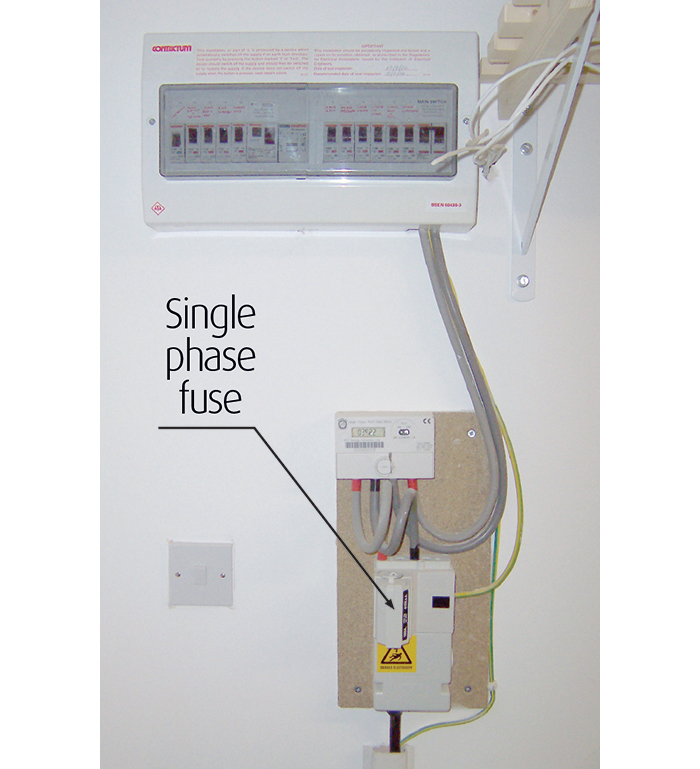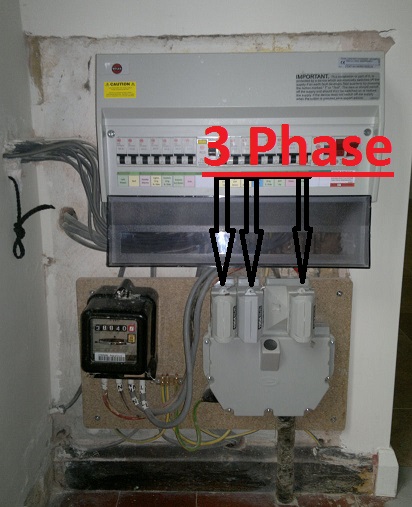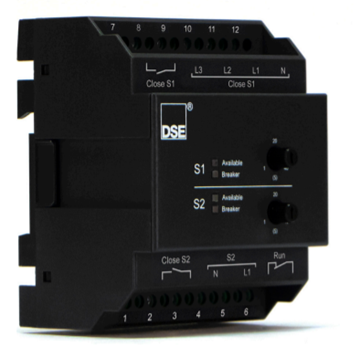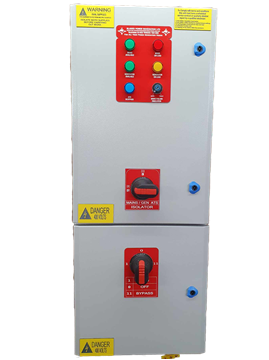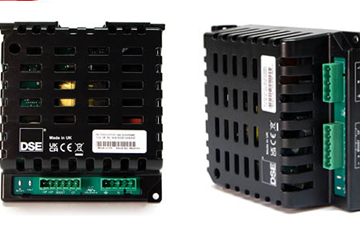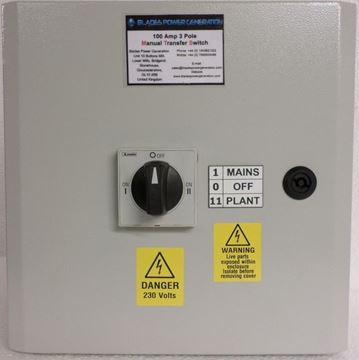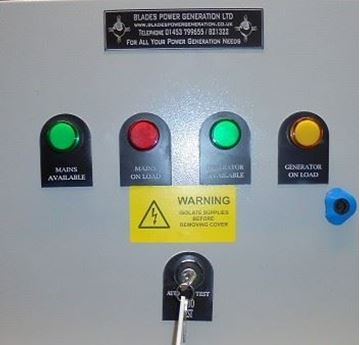Not everyone needs the bells and whistles of an automatic transfer switch. Automation shines in high-stakes environments like data centres, where milliseconds count. But for many of our clients, think event organisers in the Midlands or family-run dairies in Devon, manual operation fits like a well-worn glove. Here's why it resonates.
First, cost efficiency rules the roost. Automatic systems layer in electronics that drive up the price tag. A manual changeover switch sidesteps that, letting you allocate funds elsewhere, perhaps to a sturdy used generator that packs real punch. We've fitted countless setups where clients tell us the savings funded expansions they hadn't planned.
Reliability follows close behind. Electronics can falter, think of the 2023 heatwave that fried circuits across southern England. Our manual switches, with their straightforward lever mechanisms, bypass such vulnerabilities. They're less prone to false triggers during minor voltage sags, which plague automated units in rural grids prone to fluctuations.
Control is another draw. In scenarios like temporary site works or seasonal greenhouses, you might want to sequence loads manually. Delay non-essentials until the generator stabilises. This granular command prevents overloads, extending equipment life. We often recommend it for eco-conscious operators too, as it encourages mindful energy use rather than blind automation.
Maintenance? A breeze. Annual checks involve basic lubrication and visual inspections, tasks any competent electrician handles in an afternoon. Contrast that with the diagnostic runs required for automatics, which can uncover phantom faults if not calibrated just so. For those of us juggling tight schedules, this simplicity translates to fewer headaches.
Elevating Your Setup: The Edge of Buying Used Generators from Us
Pairing a manual changeover switch with a pre-owned generator? That's where true value emerges. At Blades Power Generation, we've honed a process for sourcing and refurbishing units from trusted marques like Perkins and Cummins. These aren't castoffs; they're battle-tested workhorses, often ex-lease from reliable commercial fleets, now primed for your needs.
Why buy a used generator in the UK market? Affordability tops the list. New generators carry a premium that bites into budgets already stretched by rising energy tariffs. Our used models deliver 70-80% of that capacity at half the outlay, without skimping on output. A 50kVA diesel unit, for instance, might power a village hall through festival season, all while sipping fuel efficiently.
Durability shines in our curation. We favour units with low-hour logs, often under 5,000 runs, and pair them with manual switches for setups that evolve. A coastal boatyard, for example, might start with essentials-only transfer, scaling to full automation later.
We design enclosures that house both, streamlining cable runs and easing future upgrades. In building management systems, this duo enhances fault isolation, safeguarding against cascading failures. For urban workshops squeezed by space, our compact configs fit snugly, maximising floor real estate.
If tales of resilient backups stir something in you, it's time to act. Explore our range of manual changeover switches and buy used generators in the UK today. Tailor a solution that fits your rhythm, simple, sturdy, and smart. Visit our site to browse options and start the conversation. Your next outage-free chapter awaits.













